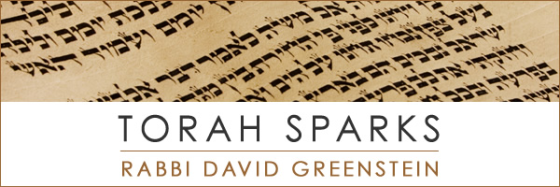Parashat Bamidbar
Numbers 1:1 – 4:20
The beginning of the fourth book of the Torah, the Book of Numbers (- in Hebrew it is called B’midbar – In the wilderness) tells of a beginning and an end. The period of our sojourn around Mount Sinai is coming to a close. Our Torah portion describes the preparations for moving on.
We can imagine that each Israelite had his or her own concerns as they packed up and readied themselves for the next step in their journey to an unknown but promised land. Each Israelite had personal belongings and personal memories that they carried with them. Each had stuff – physical or intangible – that they chose to take along as well as some of that stuff that they may have decided they would no longer carry with them. Were they able to leave behind some traces of their slave personae? After all, it was already a year since leaving Egypt. We have no information in our Torah text to help us answer these questions. We are left to our own midrashic imaginations.
But we do know of one group of Israelites who were charged with carrying other things besides their own personal belongings. The Levites were called to carry the various component parts of the travelling Sanctuary. They had to carry two sets of belongings, their own and those of the entire nation. And the collective materials they carried were sacred. This tribe, set apart for service to God on behalf of all of Israel, had always to carry with them two burdens, their private stuff and that of everyone else. Here, too, we are left to wonder – How were they able to pack up and carry it all?
Most sacred of all the Tabernacle components were those of the inner spaces – the menorah, table, incense altar and, of course, the ark of the Torah. These were to be carried by one particular family of the Levite tribe, the family of Q’hat. For this family that task was even more unique. These holy components were so sacred that they were not allowed to be seen by anyone but the priests. So God commands that, before the Q’hatites can approach to carry their assigned burdens, the priests must first cover up each piece completely with cloth. Then the Levite family can proceed and take them away.
This means that the family of Q’hat had a third, additional, burden to carry. They had to carry their own things. They had to carry the implements most sacred to all of Israel. And, additionally, they had to carry things which they could never see. They had to carry a heavy weight of mystery. While they were dedicated to be of service to the people of Israel, they could never really see what precisely the sancta of the people really looked like. Just as we cannot really see the private items of each Israelite, personally sacred to each one of them, that each one bore with them as they walked along in the wilderness.
Shabbat Shalom
Rabbi David Greenstein
Subscribe to Rabbi Greenstein’s weekly d’var Torah
- Toby Stein: In Memoriam - Thu, Feb 8, 2024
- Faithfulness and Hope: Parashat Sh’lach - Thu, Jun 23, 2022
- Past Their Prime: Parashat B’ha`a lot’kha - Thu, Jun 16, 2022

